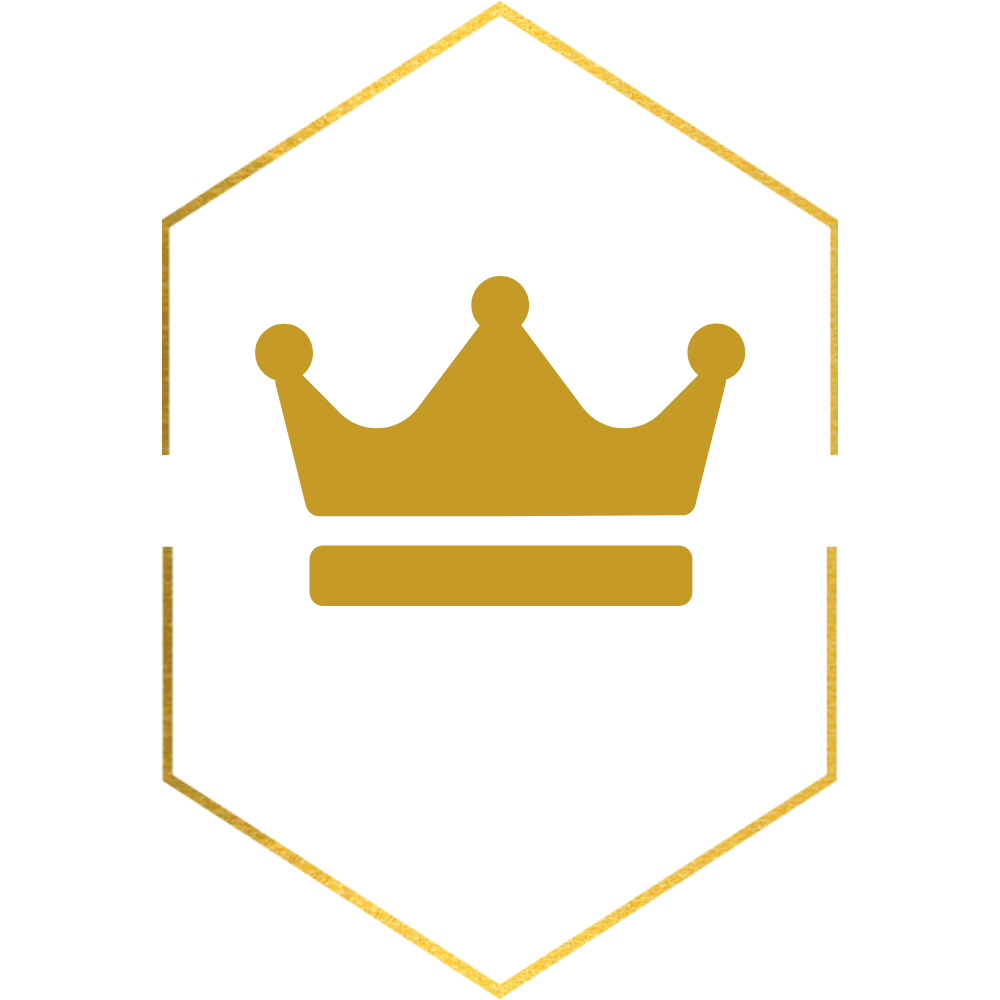Ah, the shank. That most dreaded of golf shots. We've all hit one (or many) in our time, and the experience is never a pleasant one. Not only is it frustrating, but it can also be embarrassing. And it can be dangerous when the golf ball rockets off to the right.
The crazy thing is it can come out of nowhere. You're playing beautiful golf, 1 over when you make the turn. Then you shank a short wedge on the tenth hole.
Now it's in your head. But have you ever stopped to wonder what exactly causes a shank? Is it bad luck? A misaligned clubface? The wrath of the golf gods?
Actually, there are a few different things that can cause a shank. In this blog post, we'll explore some of the most common causes of this golfing curse so that you can avoid them in your own game. And we'll share a video lesson that might help you eradicate the shank from your game for good!
Let's start with defining a shank. A shank is the result of the hosel of the golf club hitting the golf ball instead of the club face striking the golf ball. So why does it happen?
Poor Set Up (Distance from the golf ball)
If you stand too close to the golf ball there's a chance of hitting the hosel. But if you stand too far away you may compensate by leaning forward too much. This will create a swing that is up and down rather than a swing around your body. This can cause the hosel to lead the clubface and hit the ball first.
The up-and-down swing can also be caused by poor balance - having your weight too far forward on the toes of your feet.
Poor Grip Pressure
If you've been playing golf for a while you've been taught from the beginning to not grip the club too tight. But nobody probably taught you that gripping it too light could be a problem too. If you grip it too light you take the risk of the club moving during your swing and the hosel hitting the golf ball.
Swing Path
You've probably heard the term coming over the top or outside to-in swing path. This can create the horrific shank and many times it is the result of a closed club face, contrary to many golfers thinking a shank is always produced by an open club face.
Here's what's happening. You're trying not to slice the ball and you take the club too far back on the inside You are forced to overcompensate on the downswing by coming over the top with an excessive outside to-in swing path. The club face is closed and another shank follows.
Swaying or Sliding
This can create all sorts of problems. But without getting too technical, your body is out of sync on the downswing causing the hosel once again to be the lead point of contact with the golf ball.
"In golf, the most important distance is the five inches between the ears."
You've probably heard some version of the famous quote above from the legendary Bobby Jones. And when it comes to the shanks this is so true. Golf is very much a mental game. You hit a shank and start to worry about hitting another one. And sadly you do.
So what's the fix or the magic cure? Well, there is no shortage of tips, drills and swing thoughts. But in all our years playing, watching and learning about golf rarely have we come across a video lesson that may just give you a Shank Cure for your golfing life.
This is such a simple 5-minute fix that even if you haven't hit a shank in years you still need to watch it. Because we all know you will hit one in the future. And it could be on the PGA tour because even pros are not immune to the deadly shank.
How to Eliminate The Shank Once and For All
The next time you're on the golf course and find yourself hitting one shank after another, don't despair! Just remember to stand tall with your weight over your shoe laces, the center of your feet. With a little practice, you'll be striking it pure again - straight down the middle of the fairway.
If you want to become a better ball striker then you need to see below. It's the golf training aid in every pros bag.
And if you want to practice your swing at home. See below.










Member discussion